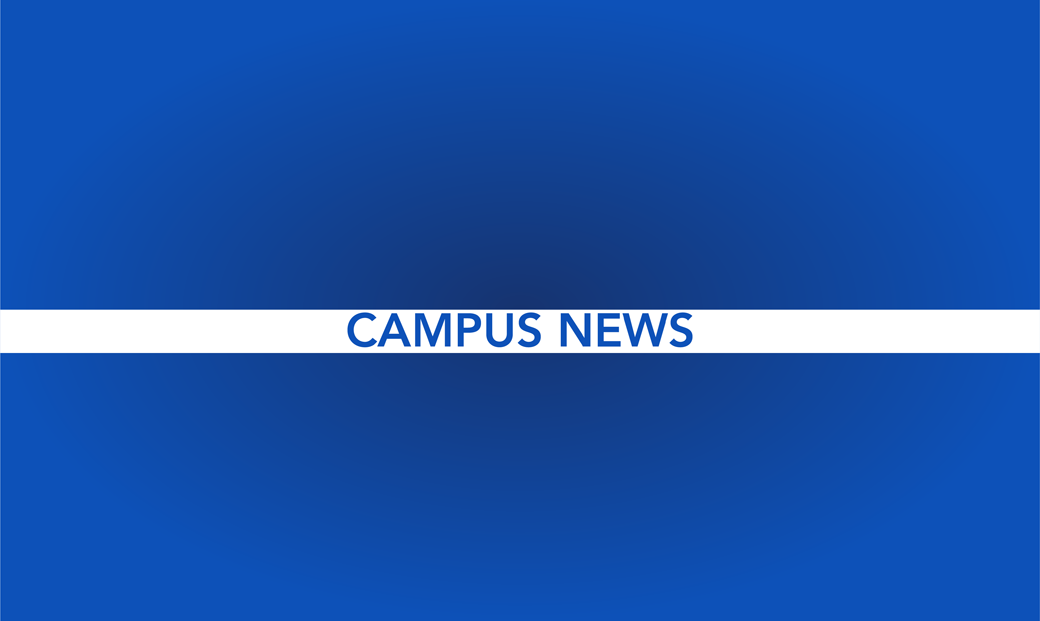
Student activity fee increase put on hold in light of tuition freeze
Because of wariness from the South Dakota Board of Regents to allow an increased student activity fee in the same year that in-state tuition was frozen, USD’s General Activity Fee will not continue to rise as originally anticipated.
SGA President Nathaniel Steinlicht said the reason for the SDBOR’s hesitation stemmed from the fact that they didn’t like the idea of seeing student fees continue to rise despite the state government trying to keep tuition low.
“The Board of Regents felt like it would be very difficult to explain to the legislature, difficult to explain to parents, why there’s this tuition freeze happening, but their bill’s still going up,” Steinlicht said.
The GAF fund increase went into effect this past fall. The increase started at $4.50 per credit hour and was set to be raised for the next three years until it capped out at $13.50 per credit hour. It was expected to generate more than $700,000.
The GAF increase especially targeted a need for funding in the university’s athletic department, which had been rated last in the Summit League and Missouri Valley conference’s for funding this past year.
Steinlicht and SGA Vice President Michelle Novak said they received the news that the increase had been cut short soon after being elected.
For this reason, the first Senate bill passed under their administration was a revision to the GAF budget that had foreseen a larger amount of funds.
Had the increased fee been permitted to happen, the GAF fund for 2016-17 would have been roughly $4,750,000. Without the increased fee, the fund will have roughly $3,900,000 next year, a loss of more than $850,000, Novak and Steinlicht said.
Because of the budget shortfalls, money had to be cut from SGA’s allocations, including $900 from the Student Bar Association and $7,150 from the green initiative fund.
Other entities on campus that are GAF-funded took a greater hit from the GAF cut, however. Athletics took an especially large hit, with a loss of as much as $677,000.
However, the losses to some entities would’ve been worse had it not been for the work of Shelia Gestring, vice president of Finances and CFO of USD and non-voting chair of the GAF Committee.
Gestring worked to reallocate money to help make up for the GAF fund deficit, Novak and Steinlicht said.
Gestring made a one-time allocation of $38,425 from the GAF reserve fund to help pay for equipment for Coyote Communications, equipment for the Media & Journalism department and to help establish a speech and debate team on campus, all of which originally would’ve been funded by the GAF increase.
Drawing from the reserve fund of GAF wouldn’t be Gestring’s go-to option to bridge a budget problem, she said.
“That (using reserve funds) is not something we like to do on a regular basis, because obviously that will eventually deplete reserves,” she said.
In addition to this allocation, Gestring said she was able to transfer an additional $68,000 for ongoing GAF commitments. This money, she said, came from a combination of credit hour growth and a reduction in health insurance obligations for university employees.
Gestring said she’s hopeful there will be an increase in the GAF for the 2017-18 school year.
“Barring another tuition freeze, I’ve been assured that the Board will give it (increasing GAF fees) ample consideration,” Gestring said. “We’ve certainly demonstrated the need and the students have voted in favor of it.”
Novak and Steinlicht are also enthusiastic about the odds of getting the GAF fee increased in another year.
“The chance of a tuition freeze coming in and stopping that (GAF) increase again is probably not likely to happen,” Steinlicht said.


